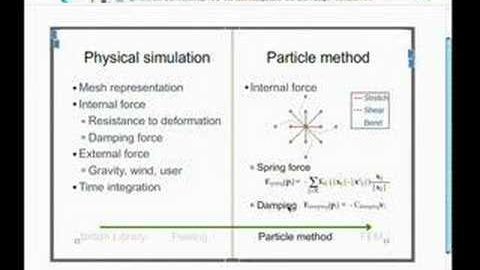
字幕と単語
電子書籍のページをめくる - リアルな電子書籍 (Turning the Pages of an eBook - Realistic Electronic Books)
00
Lao gau が 2021 年 01 月 14 日 に投稿保存
動画の中の単語
turn
US /tɚn/
・
UK /tɜ:n/
- v.i.~歳になる;(変って)~になる : 変化する
- v.t./i.曲がる;向きを変える
- n.(道路の)曲がり角;(順番に回ってくる)担当 : 当番;順番;(予期せぬ突然の)変化
- v.t.(ものを)ろくろ(旋盤)にかけて作る
A1 初級
もっと見る エネルギーを使用
すべての単語を解除
発音・解説・フィルター機能を解除
